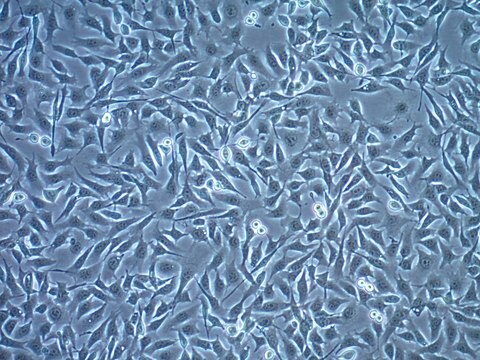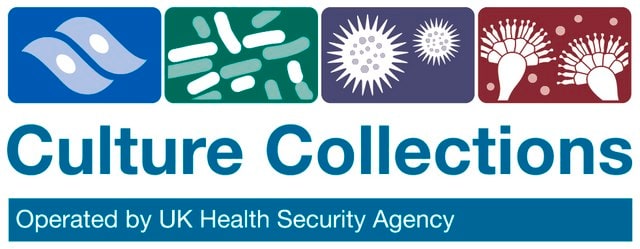SCC172
MC38 Murine Colon Adenocarcinoma Cell Line
Mouse
Synonym(s):
MCA38 cell line, adenocarcinoma cell line, colon adenocarcinoma cell line, colon cancer cell line, mouse adenocarcinoma cells, mouse carcinoma cell line, mouse colon 38 cell line, murine carcinoma cell line
About This Item
Recommended Products
product name
MC38 Murine Colon Adenocarcinoma Cell Line,
biological source
mouse
Quality Level
packaging
vial of ≥1X10⁶ cells/vial vials
manufacturer/tradename
Millipore
technique(s)
cell based assay: suitable
cell culture | mammalian: suitable
shipped in
liquid nitrogen
storage temp.
−196°C
General description
Adenomas are benign tumor polyps formed from the glandular epithelial cells that progressively develop molecular abnormalities until they eventually become metastatic and invasive cancers. Surgical removal is common for treating pre-malignant adenomas as well as advanced metastatic adenocarcinomas. Survival outlook is determined by disease progression at the time of diagnosis. Patients with metastasized colorectal adenocarcinoma have poor survival outlook, with a 5-year survival rate lower than 10%.
Source
The MC38 cell line was derived from a female C57BL/6 mouse.
References
Bioessays 2015, 37(8): 909-920.
Cancer Res 1975, 35(9): 2434-2439.
Application
- Each vial contains > 1X106 viable cells.
- Cells are tested negative for infectious diseases by a Mouse Essential CLEAR Panel by Charles River Animal Diagnostic Services.
- Cells are verified to be of mouse origin and negative for interspecies contamination from human, rat, Chinese hamster, Golden Syrian hamster, and nonhuman primate (NHP) as assessed by a Contamination Clear panel by Charles River Animal Diagnostic Services
- Cells are negative for mycoplasma contamination.
Features and Benefits
Storage and Stability
Other Notes
Disclaimer
Storage Class
12 - Non Combustible Liquids
wgk_germany
WGK 3
flash_point_f
Not applicable
flash_point_c
Not applicable
Certificates of Analysis (COA)
Search for Certificates of Analysis (COA) by entering the products Lot/Batch Number. Lot and Batch Numbers can be found on a product’s label following the words ‘Lot’ or ‘Batch’.
Already Own This Product?
Find documentation for the products that you have recently purchased in the Document Library.
Our team of scientists has experience in all areas of research including Life Science, Material Science, Chemical Synthesis, Chromatography, Analytical and many others.
Contact Technical Service





